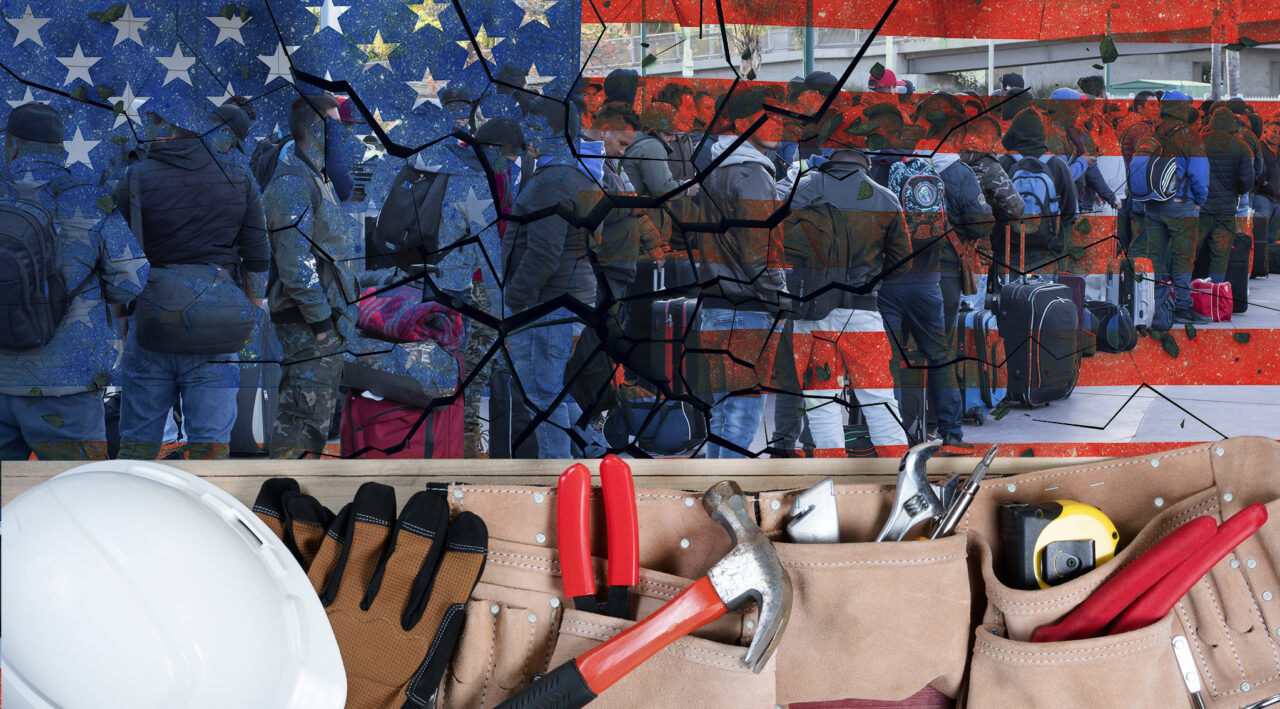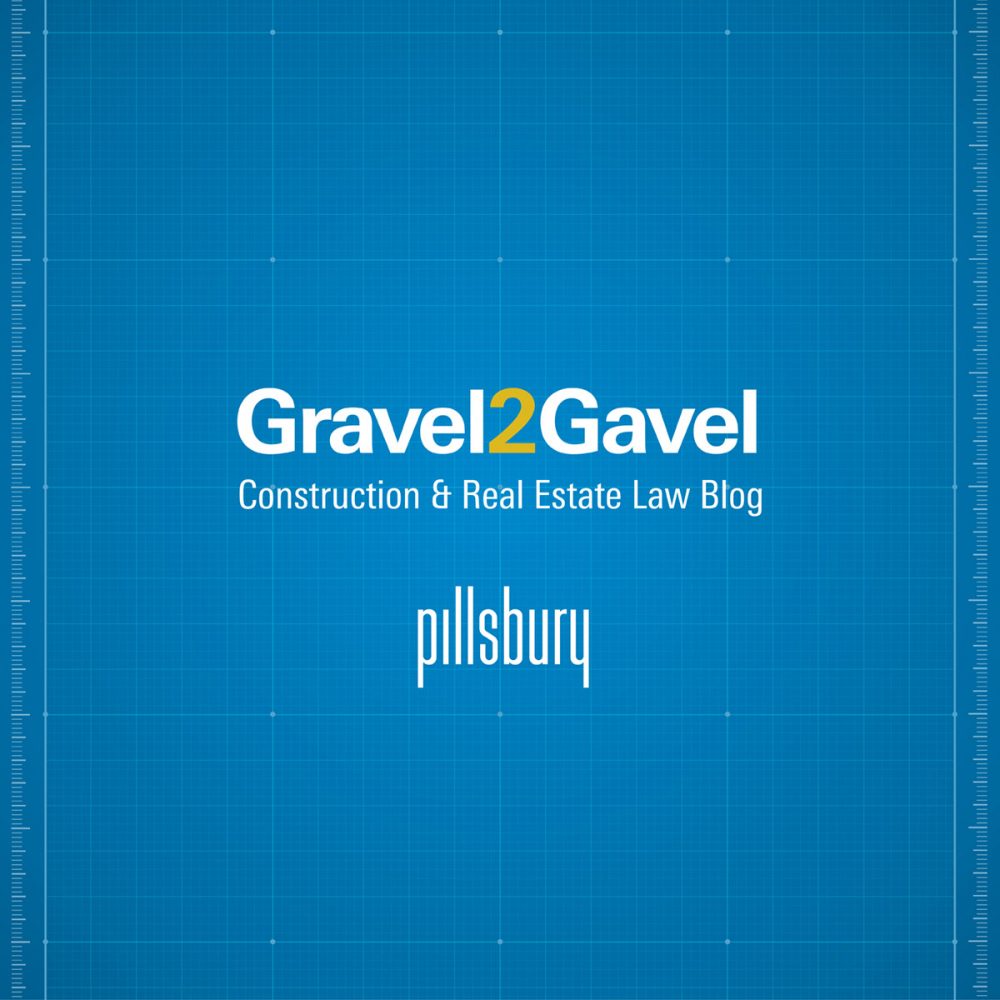The Most Striking (and Embarrassing) Legal Mistake in Modern Patent Law
“In essence, [since eBay], patent law remedies are no longer ‘blind’ to the characteristics of the participants, but instead those features control.”
In the inaugural installment of this regular IPWatchdog guest column, “Rader’s Ruminations,” Judge Randall Rader, former Chief Judge of the U.S. Court of Appeals for the Federal Circuit (CAFC), will share some of the insight he has gleaned from his 35 years of experience as a law school professor, as well as his time as a CAFC judge, in hopes of shedding light on the path to a brighter future for patent law.
The most striking (and embarrassing) mistake of law in modern patent law history occurred in the case of eBay Inc. v. MercExchange, 347 U.S. 388 (2006). This mistake led to an alarmingly incorrect outcome and a monumental disruption of U.S. innovation policy.
Before exploring the blatant mistake (which most patent lawyers do not grasp), consider the nature of property rights. Title 35 defines a patent as a right to exclude others from making, using, selling, offering for sale, or importing an invention. 35 U.S.C. 154 (a)(1). When someone trespasses on a property right (camps in your backyard or presumes to use your invention), the general — not automatic — remedy is to remove the trespasser. Thus, the traditional and longstanding remedy for trespass on a patent property right is a permanent injunction. By making removal of an established infringer/trespasser optional in eBay, the Supreme Court vastly undercut and devalued every patent’s exclusive right. This erroneous outcome is a cataclysmic policy error, but that policy miscarriage is not itself the embarrassing error of law.
The Embarrassment
The embarrassing error of law is the Supreme Court’s failure to do one of its most fundamental jobs — reconciling apparently conflicting provisions in the same statute. The damaging result in eBay occurred because the Supreme Court did not even attempt to reconcile 35 U.S.C. 283 (“courts . . . may grant injunctions in accordance with the principles of equity to prevent violation of any right”) with 35 U.S.C. 154 (a) (1) (the basic right to exclude) and 35 U.S.C. 261 (“patents shall have the attributes of personal property”). Instead, the Court emphasized that Section 283 used the conditional term “may” and, with shockingly abbreviated reasoning, imported a conditional injunction that today means a right to exclude is rarely a right to exclude at all!
If the Supreme Court had undertaken to do its job, it would have discovered that Section 283 itself sets forth the reconciling principle, namely equity. The “principles of equity” recited in section 283 themselves show the reason that Title 35 necessarily had to use “may” to ensure that injunctions were a “general” rule, not an “automatic” rule. The “principles of equity” include at least the four factors specified in eBay: irreparable harm, an inadequate legal remedy (damages), a balancing of hardships, and the public interest (in health and safety). (Actually, the Court’s four-part listing is also an error because equity involves at least seven factors, but an excellent law review details this mistake. The Supreme Court’s Accidental Revolution? The Test for Permanent Injunctions, 112 Colum. L. Rev. 203 (March 2012).). The pivotal principle of equity, which would reconcile the “may” in section 283 with sections 154 and 261, is the public interest in health and safety.
The Real Reasons for ‘May’
This reconciling principle comes into focus in light of some simple factual scenarios. If an infringed patent covered a wastewater treatment plant, the district court could not automatically shut down the infringing plant without endangering public safety. Recognizing that an exclusive right could implicate public health, title 35 used the term “may” in section 283 to ensure that district courts could exercise a narrow discretion to preserve public safety.
Incidentally, this factual scenario is not a hypothetical, but the actual case of City of Milwaukee v. Activated Sludge, Inc., 69 F. 2d 577 (7th Cir., 1934). In that case, the 7th Circuit vacated a permanent injunction on infringement to ensure that the city did not dump its waste into Lake Michigan. Another example might be a heart pacemaker. The statute ensures that the district court does not have a mandatory duty to shut off a life-saving device even if it has been proven to infringe. As an aside, the same principle applies to real or personal property (as again suggested by title 35); for example, a court would not shut off a right of access to a hospital regardless of the established ownership of the egress corridor.
Thus, the principles of equity themselves reveal the reason that the statute uses the conditional “may” in section 283, namely, to protect the public interest in health and safety. If the Supreme Court had done its job and sought a reconciling principle in title 35, it would have found it within the language of section 283 itself (“in accordance with principles of equity”). As Patent Law In a Nutshell succinctly states: “The ‘may’ was necessarily present in the statute to guard against the rare instance when enforcing a patent could endanger public health and safety.” Id. Nutshell, 4th Ed. at 472.
The Lower Courts Had It Right
Tragically, the eBay record shows that the Supreme Court could have reconciled the apparent inconsistencies and preserved the right to exclude in another, perhaps even easier, way. The lower court jurisprudence had already done the reconciling work by articulating a correct rule. Under the correct rule before eBay, the courts followed a “general rule that courts will issue permanent injunctions against patent infringement absent exceptional circumstances.” See, 401 F. 3d 1323, 1339 (Fed. Cir. 2005)(emphasis supplied). The Supreme Court read this rule as “a rule that an injunction automatically follows.” eBay at 390 (emphasis supplied). If the Court had simply evaluated the axiomatic difference between a “general” and an “automatic” rule, the inquiry itself would have given proper weight to the “absent exceptional circumstances” reference. Without doubt, those “exceptional circumstances” invoke with certainty the equitable health and safety interests. Instead, the Supreme Court misconstrued and then reversed the correct general rule.
Collateral Damage
This brief article details the Supreme Court’s embarrassing legal mistakes in eBay. The policy implications of this mistake are wide-ranging and harmful to patent law and innovation policy in general. One of those policy flaws deserves more attention. With gratitude to the Greco-Macedonian roots of modern jurisprudence, legal decisions find their resolution in the law and the facts, not the irrelevant characteristics of the parties. To state it more directly, our laws promise to govern without respect to race, creed, ethnicity, gender, politics, size, corporate status, or other characteristics of the parties.
Yet, under the eBay regime, party attributes generally control the injunction decision. To win a permanent injunction, the property owner (who has already proven validity and infringement) must now show a powerful case of “irreparable harm” under the eBay factors. With an infringer offering to pay a minimal royalty (“minimal” because an injunction is not likely in play) and with hardships for both the infringer and the patent owner, the controlling eBay factor is the showing of harm. A court will invariably require a loss of market share to prove this “irreparable harm.” Thus, only a patent owner with a presence in the market can even attempt to prove entitlement to an injunction. Universities, research clinics, professors, or other non-corporate inventors need not even apply; they cannot qualify. In essence, patent law remedies are no longer “blind” to the characteristics of the participants, but instead those features control.
A Confounding Concurrence
Any doubts about the way the system works disappear with a reading of the concurrence of Justice Kennedy and three other Justices, which identifies a segment of the patent “industry” that only uses patents as “leverage.” This reference to proverbial “non-practicing entities” overlooks that the characteristic of producing goods is not an enforcing or even relevant principle of validity, infringement or other statutory patent doctrines. Moreover, it is a characteristic that excludes a vast segment of the inventor population. After all, what is a patent if it is not “leverage” to exclude?
In sum, the Supreme Court’s most embarrassing mistake in patent law cases occurs in eBay. The Court simply does not do its job. It does not even attempt to reconcile the provisions of title 35. Chief Justice Roberts (and two of his colleagues) seem to sense the inconsistencies and faults of eBay. Their concurrence invokes Holmes’ wisdom that “a page of history is worth a volume of logic.” See eBay at 392. This passing (and unfollowed) advice seems to credit the historical “general rule” that eBay categorically rejects. Rather than upholding the long history of removing the trespasser, this irrelevant concurrence only supplies a further hint at the internal inconsistency of the Court’s most striking patent law error.
Image Source: Deposit Photos
Author: alexmillos
Image ID: 32690747






